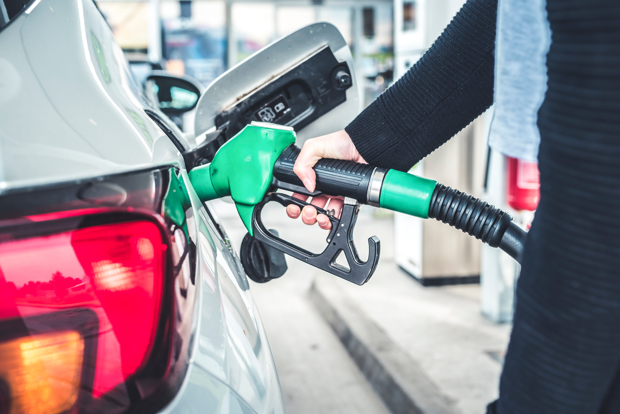Most expensive fuel prices in the UK revealed

The most expensive fuel prices in the UK are a staggering 41p per litre dearer than the cheapest – and both can be found on Scottish motorways less than an hour apart.
The wooden spoon for the UK’s most expensive fuel goes to a service station on the M74 motorway between junctions 4-6. It costs an eye-watering 170.9p for a litre of petrol.
Less than an hour away, fuel is available for just 129.9p a litre, at the M90 junction 1A.
The M74 is on the east cost of Scotland, serving Edinburgh, while the M90 is on the west coast, serving Glasgow.
The most expensive fuel in England costs 168.9p, on the M6 between junctions 14-15.
The AA found that motorway petrol prices average 155.7p a litre and A-road prices average 140.1p a litre. This compares to the UK average of 134.6p a litre.
With so many motorway service areas charging close to, or above, 160p for a litre of petrol, there is little to persuade many drivers that filling up along a motorway is only done in desperation, says the AA.
"Even with the extra costs of providing a 24-hour service, free parking and facilities and staffing, charging 20p to 30p a litre above the UK average pump price – or £10 to £15 a tank more – to fill up on a motorway is frankly outrageous," says AA president Edmund King.
“No wonder holiday drivers baulk at buying fuel at a service area. However, while there is a danger that pricing at so many motorway service areas tars them all with the same brush, pump price transparency courtesy of the CMA voluntary scheme is revealing the better, if not bargain-priced, fuel stations along popular holiday routes. Savings on A-road holiday routes stand out in particular."
The AA suggests that some motorists may prefer to avoid motorways for the holiday getaway and pocket the savings by using A-roads instead.
It compared motorway and A-road prices, finding that on London to Exeter routes, motorway petrol prices averaged 155.2p a litre, with A-roads averaging 139p a litre.
Savings were also found for north/south routes and routes into Wales.
However, there is the likelihood of slower traffic at peak times and many cheaper fuel stations will not operate late at night. "It’s a gamble, but it may well pay off if a vacation trip cannot be done in one hop," says King.

